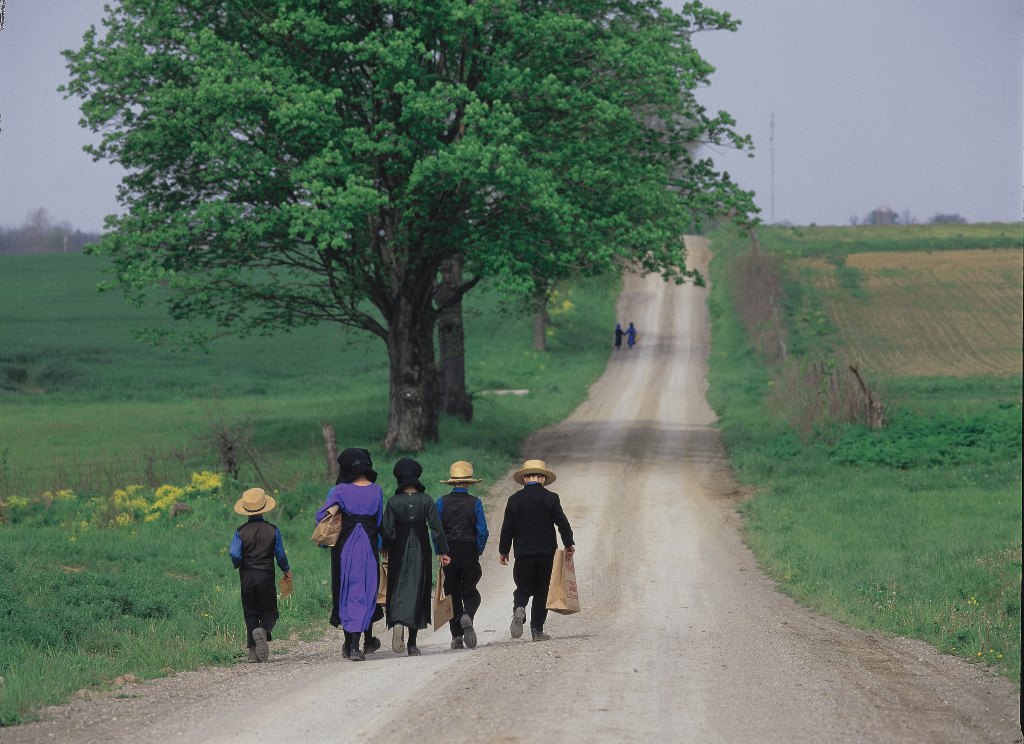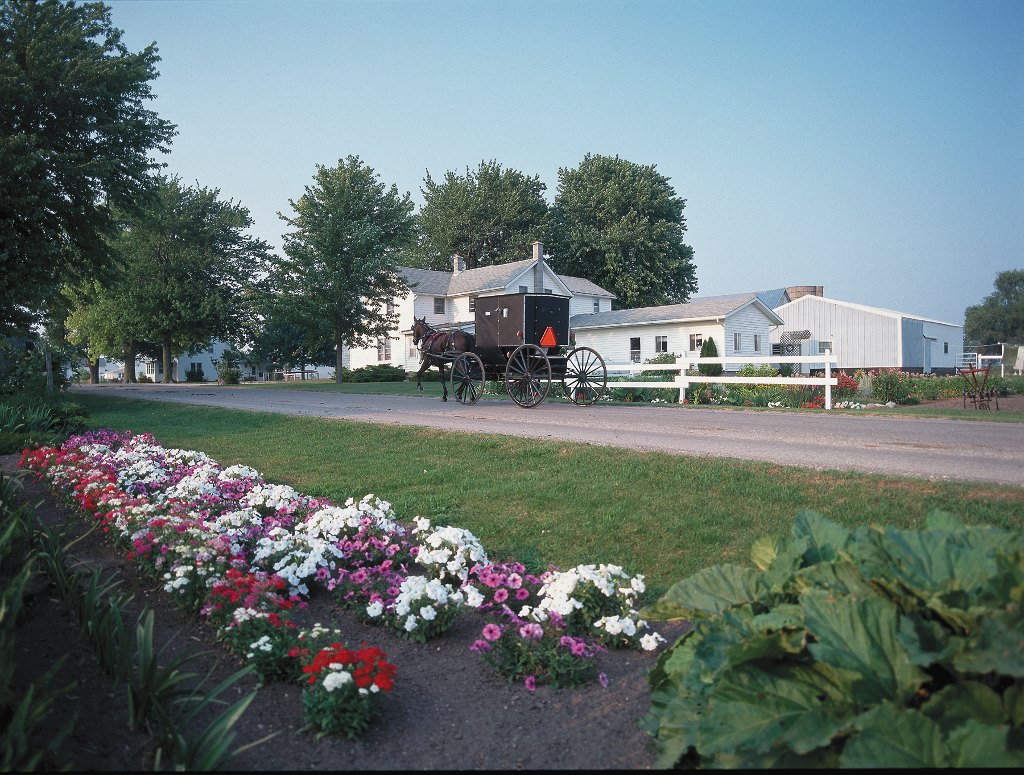
Last week I had a somewhat surreal writing schedule. In the midst of the news of the bombings in Boston and the hunt for the perpetrators, I was writing about the Amish-Mennonite country of northern Indiana. I’d scan the on-line news for the latest information, and then I’d return to writing about buggies, farms and quilts.
To give you an idea of the contrast, here are some news items from The Budget, a publication I picked up on my trip to Indiana (it serves the Amish-Mennonite communities throughout North and South America):
Middlebury, Indiana: Stephen Yoder was walking with a walking boot Sunday in church on account of an accident at the sawmill, spraining his ankle pretty badly.
Wroxeter, Ontario: We took our lunch along to church on Sunday, and after the service we went to Mount Forest to the home our friends, Eldon and Lena Frey, for an afternoon of singing. They have a large kitchen, and it was full of enthusiastic singers. We sang for several hours. It was so much fun it was hard to stop.
Hillsboro, Ohio: Saturday was the day that the wicked rooster attacked grandson, Myron, 7. He had a red candy stick in his mouth and the rooster jumped on it and broke it in half. The second time around he jumped for his head and got him in the neck. They will now have rooster soup!
The Amish, of course, are not immune to tragedies more wicked than roosters. Recall the terrible shootings that happened in 2006 at an Amish school house in Pennsylvania, for example. At the same time, many of us who live in the non-Amish world look at these tight-knit communities with a kind of wistfulness. Would I like to give up driving a car? Would I be happier as a farmer’s wife, raising a half-dozen children and growing a big vegetable garden? Probably not. But part of me thinks it would not be such a bad alternative, especially in weeks when the news from the outside world is so grim.
So let me tell you a little about what you can do and see if you visit northern Indiana, for even if we can’t join the Amish, we can still learn from them.
More than 20,000 Amish live in Elkhart and Lagrange Counties, making this one of the largest Amish communities in the country. The best place to begin a tour is at Menno-Hof, an information center in the small town of Shipshewana. Built in 1986 by Amish and Mennonite carpenters, the barn-shaped Menno-Hof takes its name from Menno Simons, the founder of the Mennonite movement, and Hof, the German word for farmstead. The building uses exhibits, historical tableaux and audiovisual presentations to give a comprehensive overview of Amish and Mennonite history and traditions.
The Amish and Mennonites trace their origins to the Anabaptist reform movement that began in Switzerland in 1525. Church members wished to return to the simplicity of the earliest years of Christianity. They believed that adults should freely choose baptism as part of a profession of faith and not be baptized as infants. (Anabaptist means “re-baptizer,” a term given to those who chose to be baptized as adults.) The early Anabaptists also refused to serve in the military or swear oaths, and they believed in the (then radical) notion of separation of church and state. Despite their commitment to peace and simplicity, the Anabaptists were violently persecuted by both Catholic and Protestant authorities.
Eventually the movement split into three main groups. The Hutterites immigrated first to Russia and then to the upper Midwest and Montana. The smallest of the three groups, they own all property in common but allow the use of most modern conveniences. The second group, the Mennonites, developed a spirituality and way of life based on strong community ties and a commitment to peace-making and service to others. The final group, the Amish, split from the Mennonites in 1693 because they felt that the church had become too worldly. They reject the use of many modern conveniences, dress very plainly, and have firm boundaries in their interactions with the outside world.
I’ll write more in my next post about the Amish and Mennonites of Indiana. But it makes me smile to think of the Mennonites as being too worldly. Those wild and crazy Mennonites! Who knew?!











